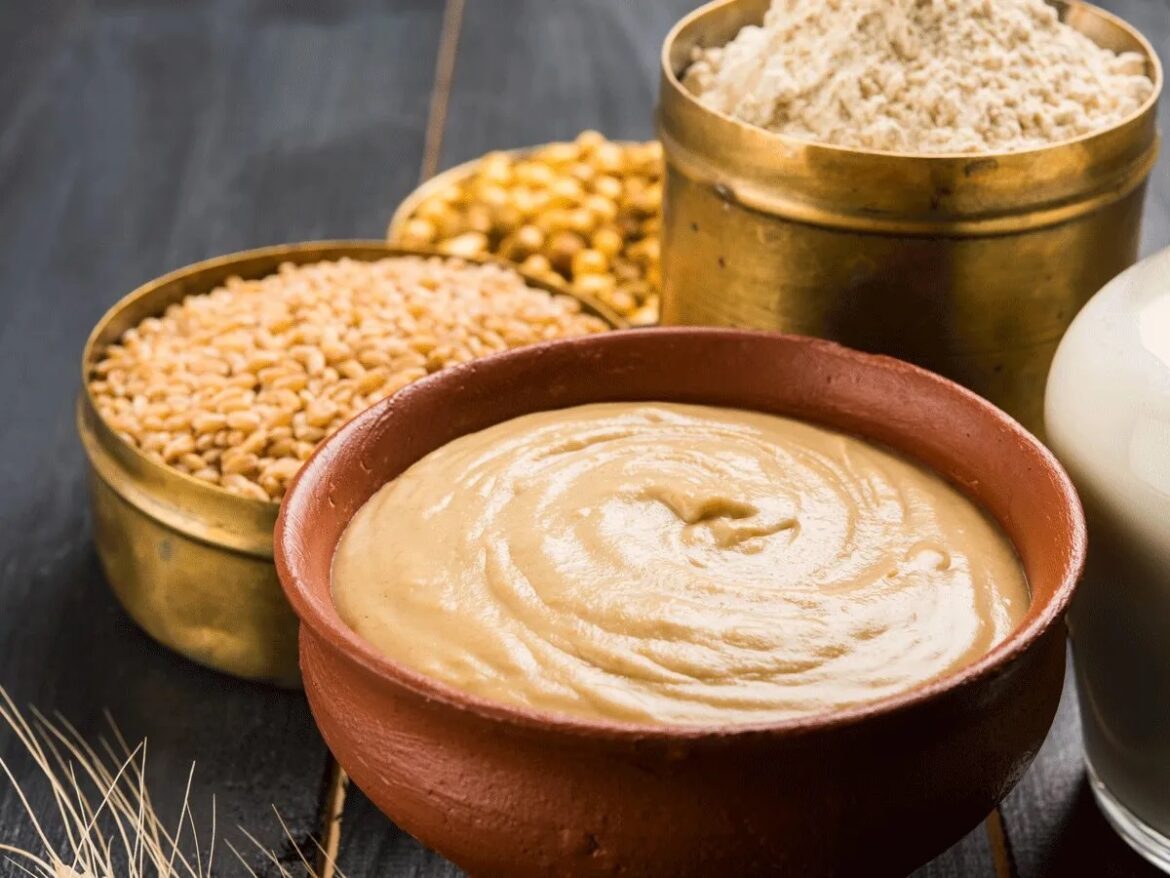In the tapestry of Indian cuisine, Sattu emerges as a versatile and nutrition-packed culinary gem. Derived from roasted and ground pulses, primarily Bengal gram or chana dal, this humble ingredient transcends its unassuming appearance to become a powerhouse of health benefits, culinary creativity, and cultural significance.
Traditional Roots: Culinary Heritage in Every Grain
Sattu has deep roots in Indian culinary traditions, particularly in the northern regions. Its origin can be traced back to the agrarian communities where it served as a quick, nutritious source of energy for farmers working in the fields. Over time, its popularity has extended far beyond its regional origins, making its way into diverse dishes and modern dietary trends.
Nutritional Brilliance: A Treasure Trove of Essential Elements
At its core, Sattu is a nutritional powerhouse, boasting a rich profile of essential nutrients. Packed with protein, fiber, vitamins, and minerals, it stands as a wholesome addition to a balanced diet. Its high protein content makes it a valuable source for vegetarians and vegans, contributing to muscle development and overall well-being.
Refreshing Sattu Drinks: From Streets to Homes
One of the most popular avatars of Sattu comes in the form of refreshing drinks. Sattu Sherbet, a concoction made by mixing Sattu with water, lemon juice, and spices, is a common street-side beverage during scorching summers in India. Its hydrating properties and nutritional richness make it a beloved choice for quenching thirst and replenishing energy.
Sattu in Culinary Creativity: From Rotis to Ladoos
Sattu’s versatility extends to the culinary realm, where it becomes a canvas for creative expressions in the kitchen. It is used to make Sattu ka Paratha, a stuffed flatbread, wherein the Sattu filling is seasoned with spices, herbs, and sometimes, onions. The result is a flavorful and wholesome dish that exemplifies the amalgamation of taste and nutrition.
Sattu also finds its way into sweets, with Sattu ke Ladoo being a popular choice. These round, bite-sized delights are made by combining Sattu with jaggery, ghee, and sometimes dry fruits. The result is a delectable treat that satisfies the sweet tooth while delivering a nutrient boost.
Health Benefits: A Holistic Approach to Wellness
Beyond its culinary appeal, Sattu is celebrated for its health benefits. Its high fiber content aids digestion and promotes gut health. The presence of essential amino acids makes it a complete protein source, contributing to muscle repair and growth. Additionally, Sattu’s low glycemic index makes it a suitable option for those mindful of their blood sugar levels.
Cultural Significance: Sattu in Rituals and Festivals
Sattu is not just a dietary staple; it holds cultural significance in rituals and festivals. In certain regions of India, Sattu is offered to deities during religious ceremonies. Its association with festivals like Makar Sankranti, where special dishes are prepared using Sattu, adds to its cultural importance and culinary traditions.
Modern Resurgence: Sattu in Contemporary Diets
As dietary preferences evolve and health-conscious choices gain prominence, Sattu has experienced a resurgence in modern diets. Its gluten-free nature and nutrient density align with the preferences of those seeking wholesome, plant-based alternatives. Sattu-based products, including protein bars and shakes, cater to the demands of the contemporary health-conscious consumer.
Conclusion: Sattu – A Culinary Alchemist’s Dream
In conclusion, Sattu’s journey from the fields to the kitchen exemplifies the culinary alchemy that transforms a handful of roasted grains into a nutritional goldmine. Its role in Indian cuisine, from traditional recipes to modern dietary trends, underscores its adaptability and enduring relevance. Sattu not only nourishes the body but also weaves a story of cultural heritage, culinary creativity, and a holistic approach to wellness in every grain.


